The blue whale (Balaenoptera musculus) is the largest animal on Earth, growing up to 30 meters and weighing over 200 tonnes. In Sri Lanka, they are a highlight of Mirissa (November–April) and Trincomalee (May–October) tours due to krill-rich waters. They feed primarily on krill, consuming up to 4 tonnes daily.
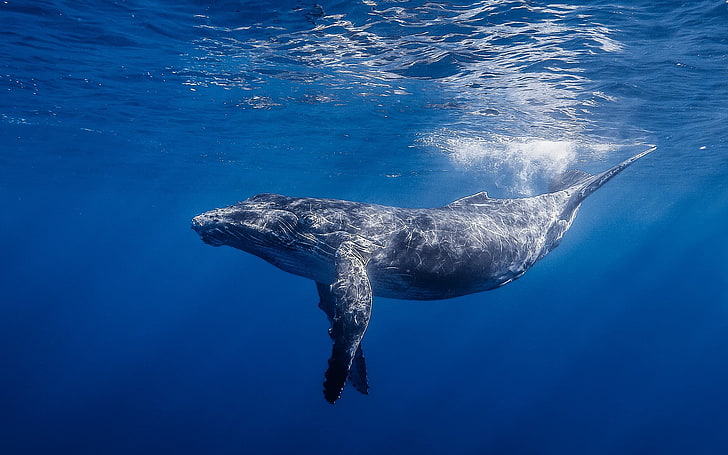
Sperm whales (Physeter macrocephalus) are the second most common whales in Sri Lanka, frequently spotted off Mirissa and Trincomalee. They grow up to 20 meters and are known for their deep dives (up to 3 km) to hunt squid. Mating pods are often seen in Trincomalee (June–October).
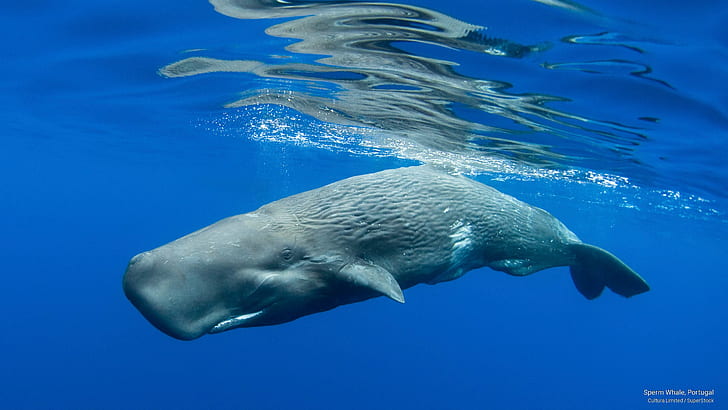
Bryde’s whales (Balaenoptera edeni) are slender baleen whales, reaching 15 meters. They are opportunistically sighted during Mirissa tours (November–April) while feeding on schooling fish like sardines. Their elusive nature makes sightings special.
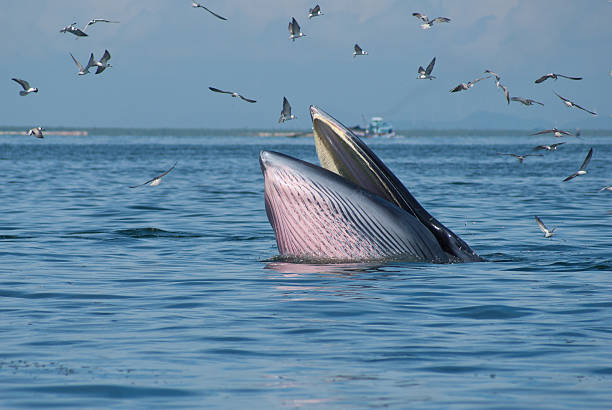
Humpback whales (Megaptera novaeangliae) are known for their acrobatic breaches and long pectoral fins, growing up to 16 meters. They are occasionally seen off Mirissa and Kalpitiya (November–April), singing complex songs during migration.

Fin whales (Balaenoptera physalus), the second-largest whale species, reach 27 meters. They are less common in Sri Lanka but spotted off the southern coast (November–April). They are fast swimmers, feeding on krill and small fish.

Sei whales (Balaenoptera borealis) are sleek, fast swimmers growing up to 20 meters. Rarely seen in Sri Lanka, they may appear off the southern coast (November–April), feeding on krill and copepods.

Killer whales (Orcinus orca) are rare in Sri Lankan waters but occasionally spotted off Mirissa and Trincomalee. Growing up to 9 meters, these social predators are known for their black-and-white coloration and complex hunting strategies.
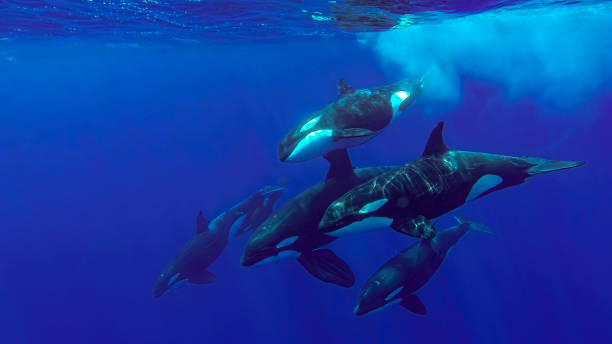
Pilot whales (Globicephala spp.), including short-finned and long-finned varieties, grow up to 7 meters. They are social, occasionally seen off Kalpitiya, with strandings linked to seismic activity in Sri Lankan waters.
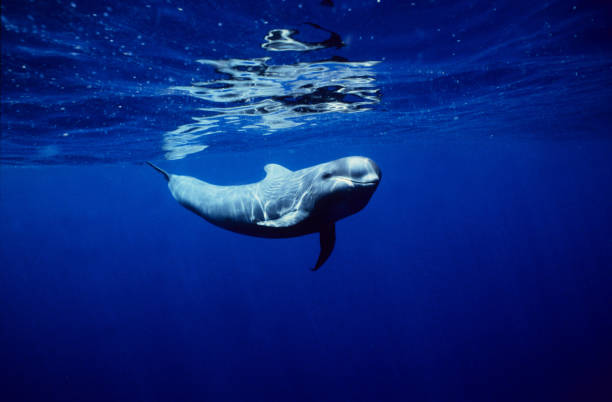
Spinner dolphins (Stenella longirostris) are a highlight of Sri Lanka’s whale watching tours, especially in Mirissa and Kalpitiya (November–April). Growing up to 2.7 meters, they are known for their acrobatic spins and large pods.
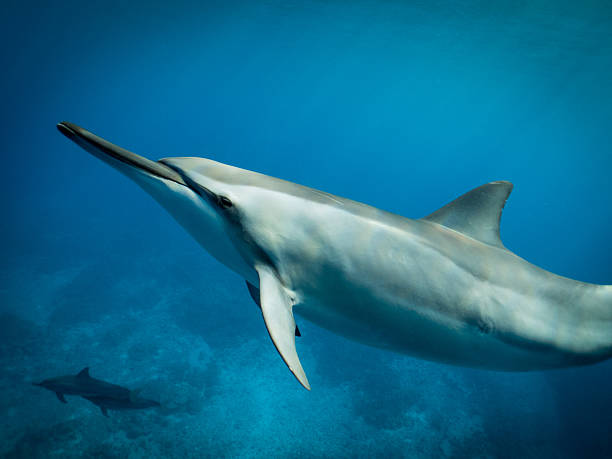
Bottlenose dolphins (Tursiops truncatus) are commonly seen in Kalpitiya and Trincomalee, growing up to 4 meters. Their intelligence and playful behavior make them a favorite on tours.
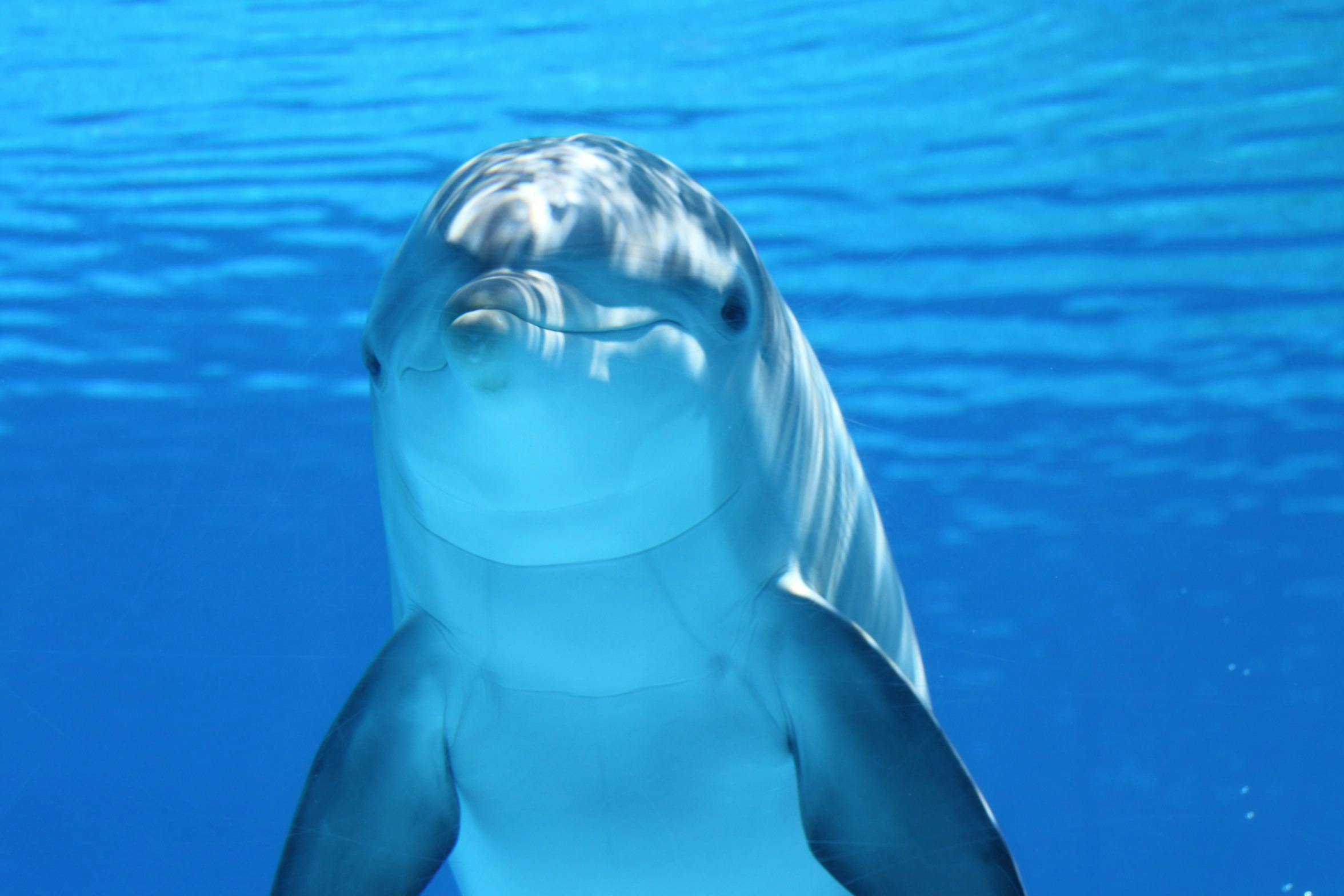
Whale sharks (Rhincodon typus) are gentle giants, growing up to 12 meters, and are the largest fish in the ocean. They are occasionally spotted off Sri Lanka’s southern coast, particularly near Mirissa and Galle (November–April), feeding on plankton and small fish in warm coastal waters.
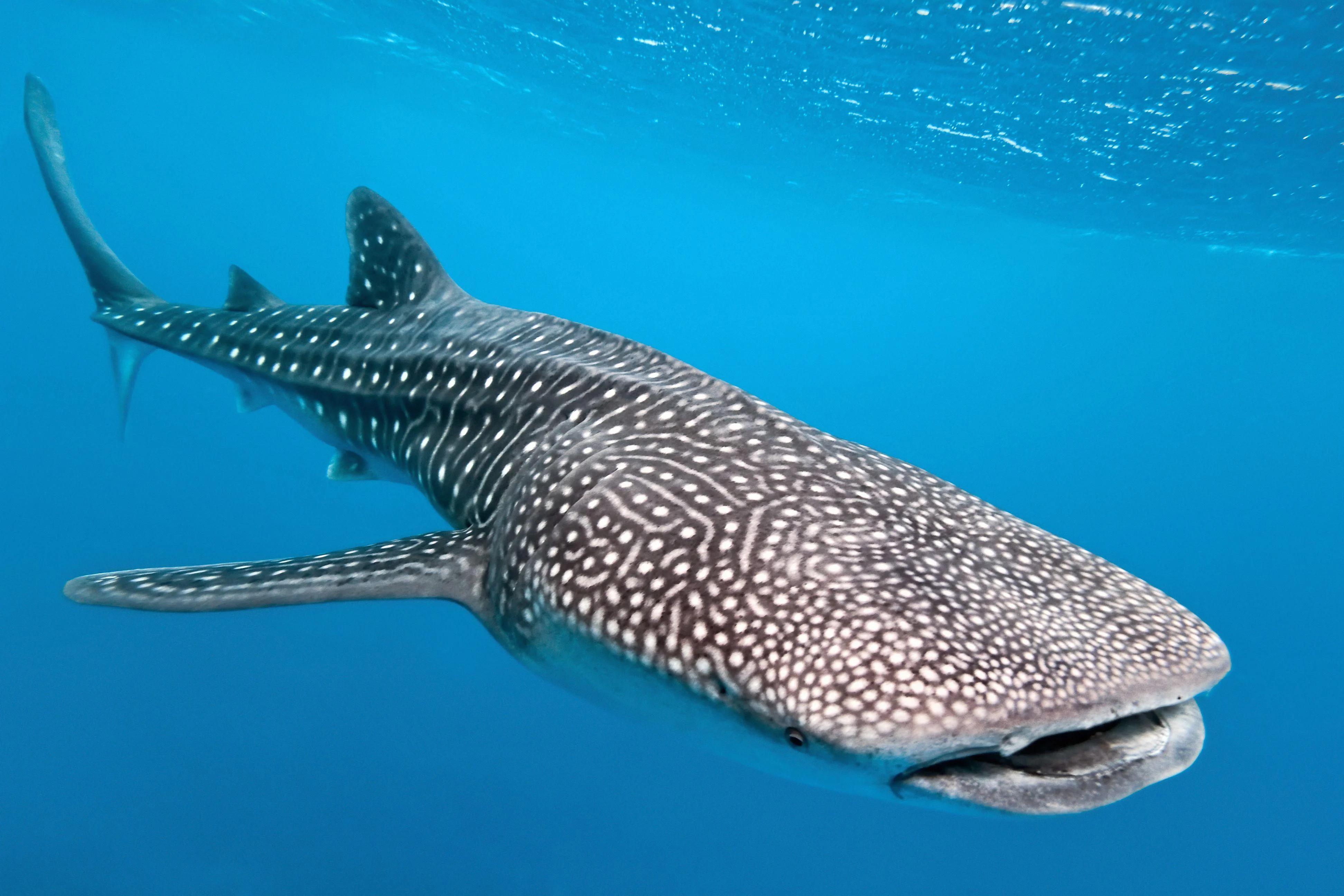
Book with Mirissa Jetliner to spot these majestic creatures on our eco-friendly tours!
Sea turtles, including green turtles (Chelonia mydas) and hawksbill turtles (Eretmochelys imbricata), are frequently seen in Sri Lanka’s coastal waters near Mirissa and Rekawa. They grow up to 1.5 meters and are vital to marine ecosystems, often spotted during whale watching tours.
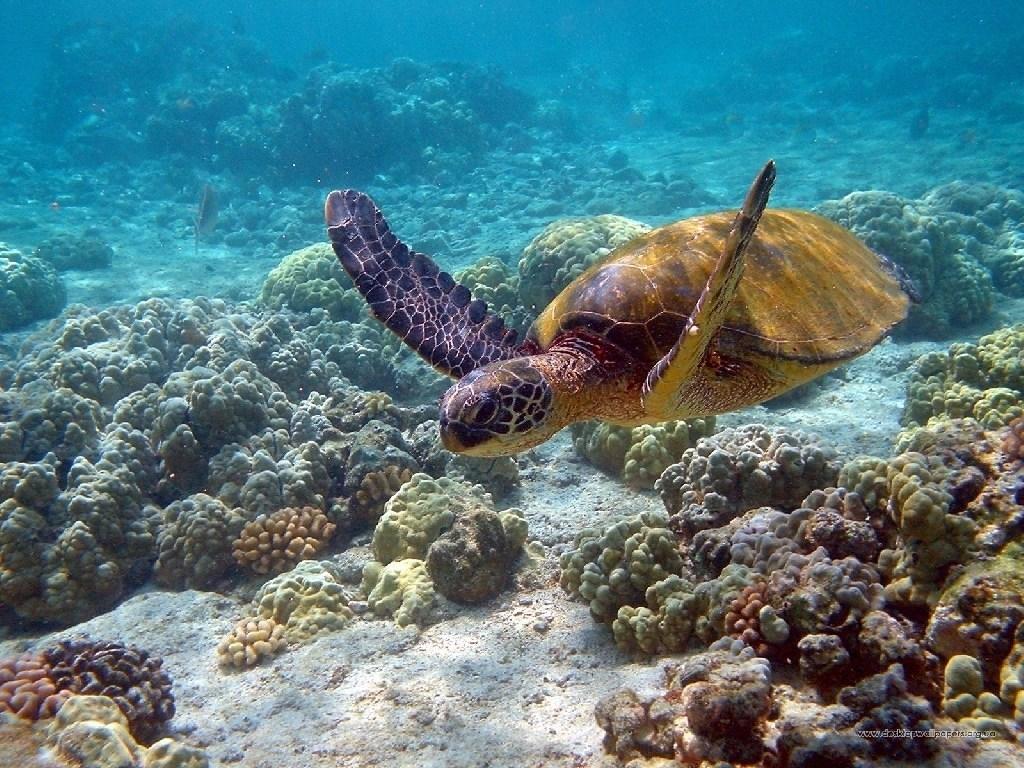
Join Mirissa Jetliner to see these ancient mariners during your whale watching adventure!
Maximize your whale watching experience in Sri Lanka with these tips:
Book with Mirissa Jetliner for a guided, eco-friendly tour!
Whale watching in Sri Lanka is thrilling, but unsustainable practices harm cetaceans. Issues include:
Mirissa Jetliner is committed to conservation by:
Join us at Mirissa Jetliner to support eco-friendly tourism and preserve Sri Lanka’s cetaceans for future generations!